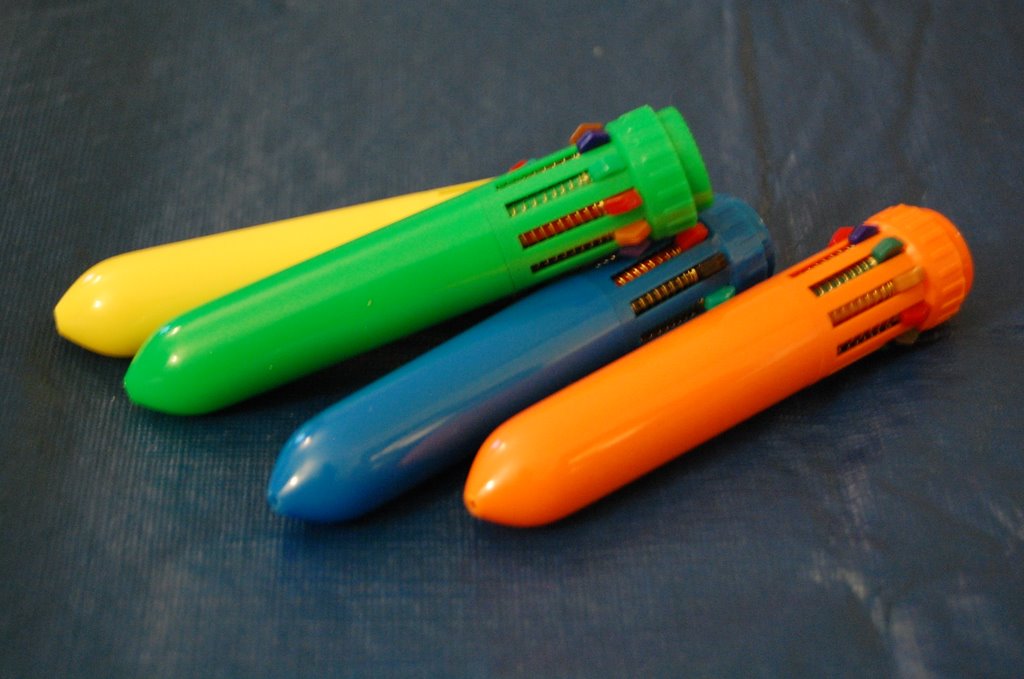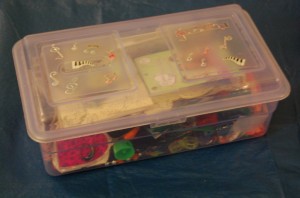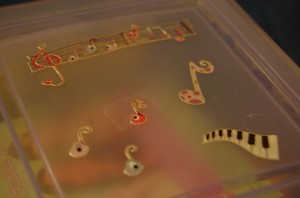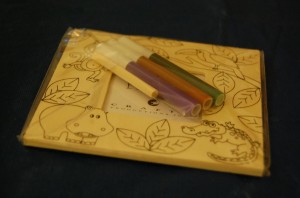 I read something this week that mentioned in passing the benefit of engaging the emotions for learning. This idea really stuck with me, and I haven’t stopped thinking about it since. It makes perfect sense, but I just never thought about it much before. I think this idea is worth some consideration.
I read something this week that mentioned in passing the benefit of engaging the emotions for learning. This idea really stuck with me, and I haven’t stopped thinking about it since. It makes perfect sense, but I just never thought about it much before. I think this idea is worth some consideration.
Neurologically, humans learn best when their emotions are engaged. Various research has been done that suggests the benefit of learning when the emotions are engaged (see “For Further Reading” below). An effective speaker will appeal to the listeners’ emotions in order to affect and influence them to agree with the points made, support the viewpoint, and maybe even motivate them to do something about it. Similarly, an effective teacher will connect with the students’ emotions to make the student interested in the topic and motivated to learn. When the emotions are engaged, the learning moment becomes both meaningful and memorable.
The art of music is very close to the heart and the emotions. We music teachers are very fortunate! And yet, how often do we encounter students who seldom practice? How about unmotivated students who quit after just a few years? And how often do we hear completely unemotional performances? These things do happen, unfortunately. We can help prevent this from happening. Perhaps through engaging the emotions we can help students connect with the music and be interested/motivated. Continue reading “Teaching Tip: Engaging the Emotions”



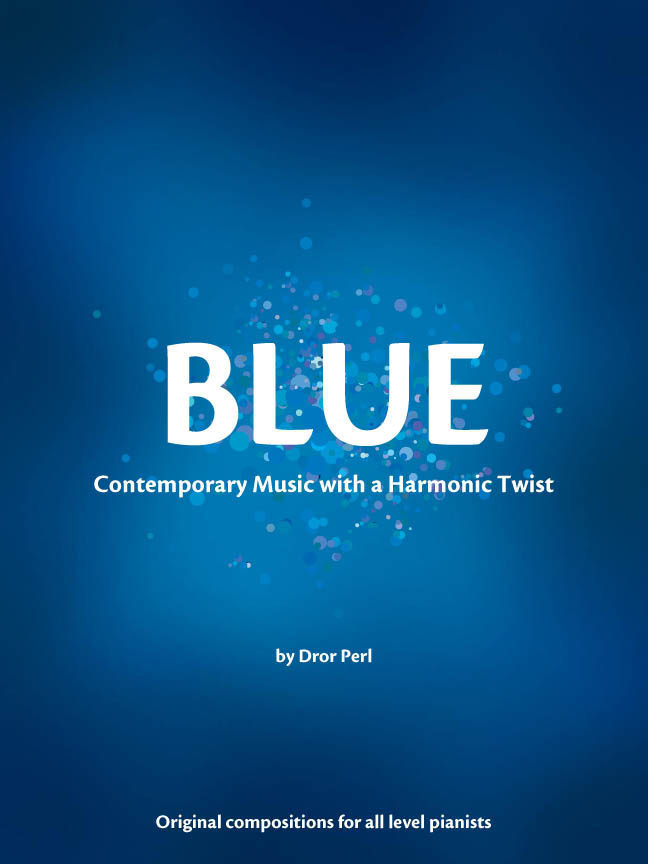

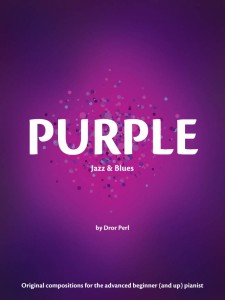
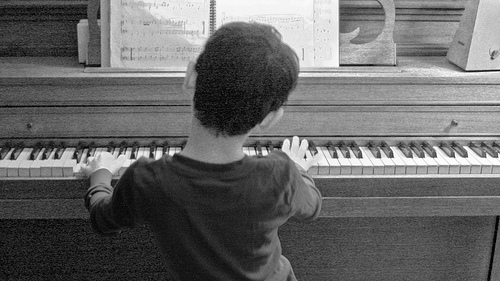

 June is over (summer is going by so quickly!!), and so is the
June is over (summer is going by so quickly!!), and so is the 
 Many of you may remember being required by your piano teachers growing up to practice a certain amount of minutes each day/week. Perhaps your requirement looked something like this:
Many of you may remember being required by your piano teachers growing up to practice a certain amount of minutes each day/week. Perhaps your requirement looked something like this: